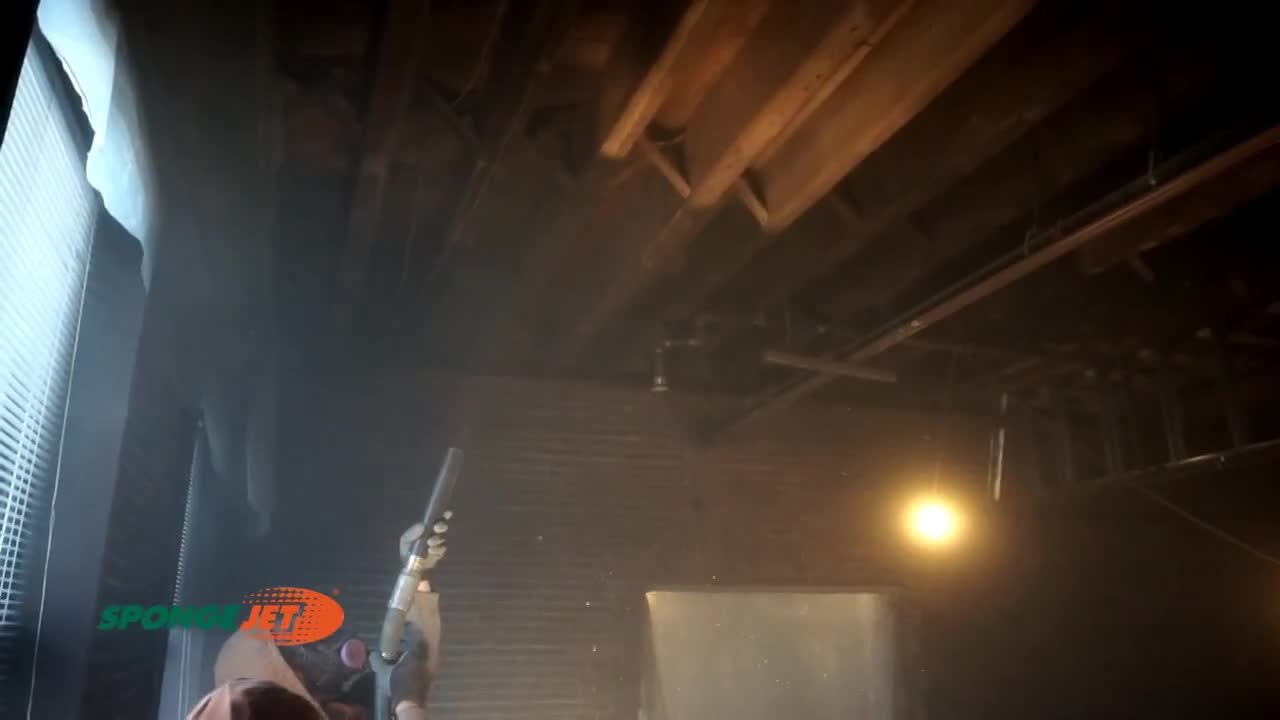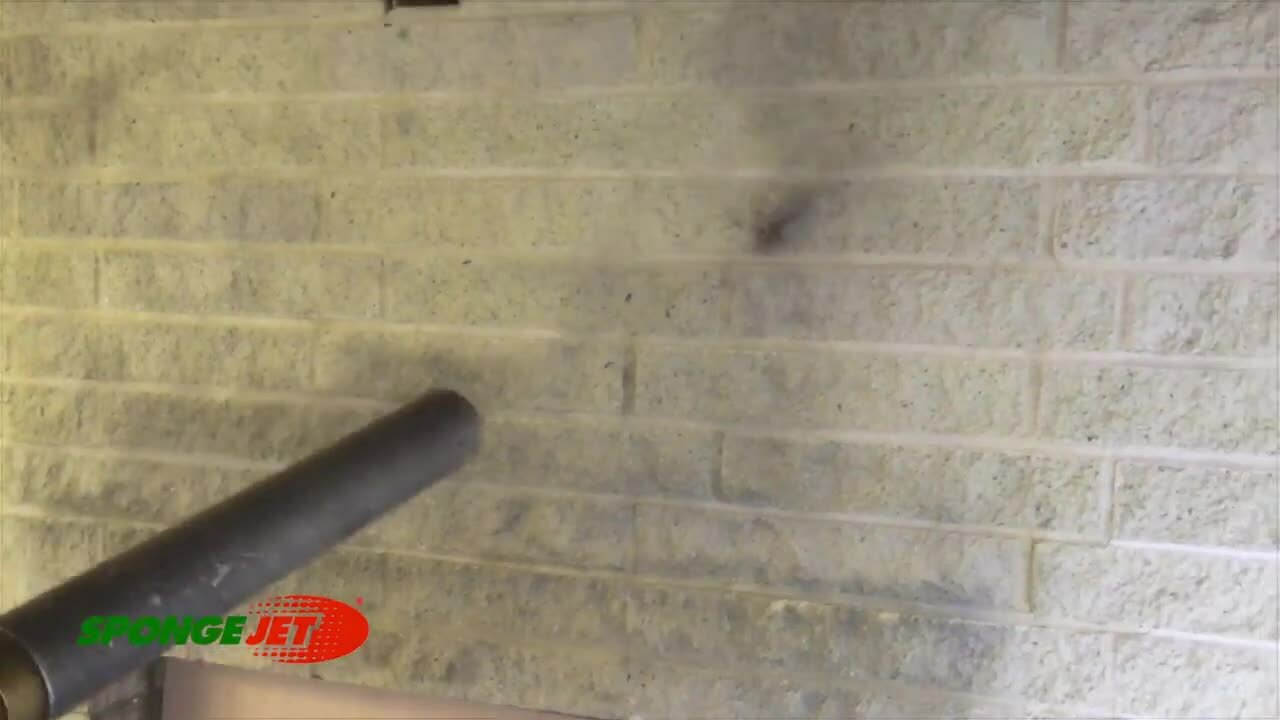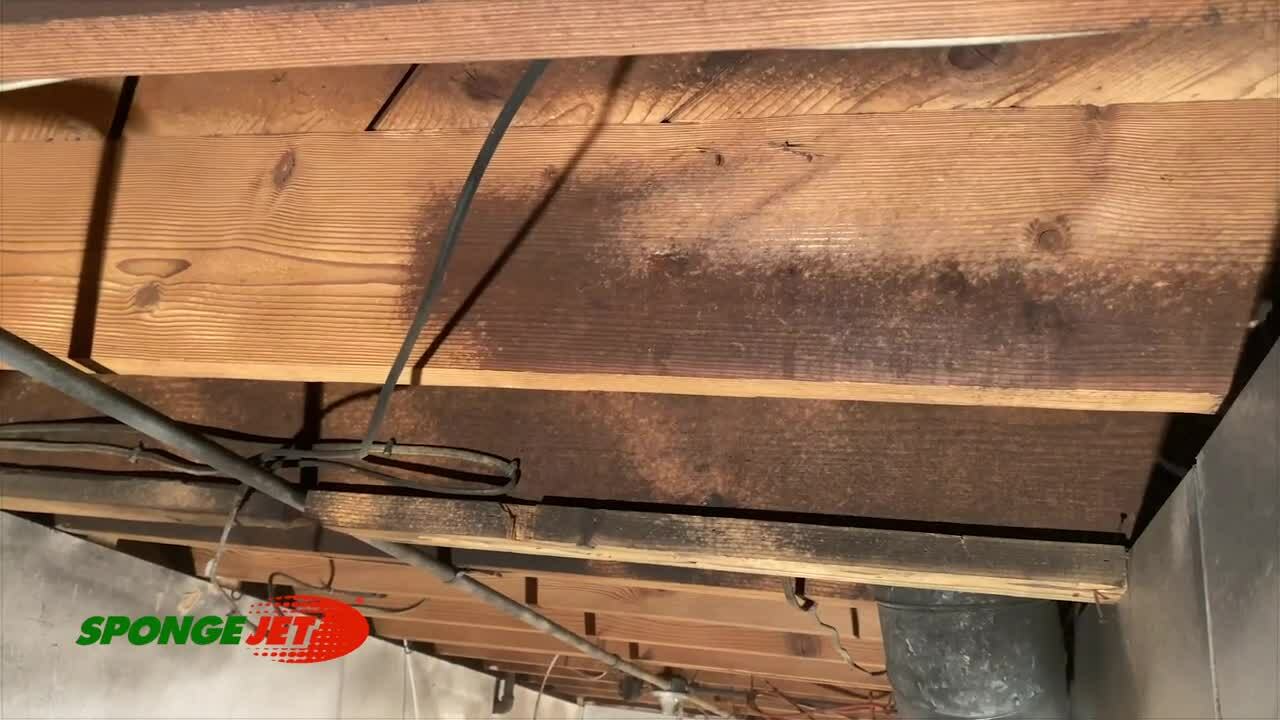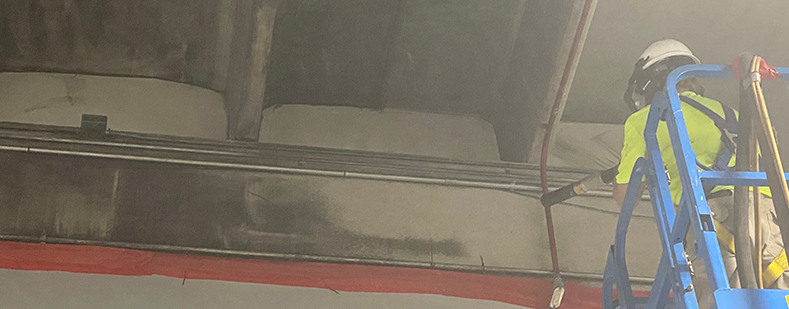When fires occur, the immediate focus should be on preserving the health and safety of those in danger. Fire departments do amazing work saving lives and preventing fire spread throughout buildings and into nearby structures. Despite firefighters’ efforts, buildings often require robust cleaning of smoke, fire, and water damage in the aftermath.
Once the building has been deemed structurally sound and safe to enter, an assessment must be made on what can be restored versus what must be demolished and/or replaced.
Types of Damage from Fires
Burn or Heat Damage:
It’s easy to understand that when there’s a fire, there is also heat. Different kinds of fires can create more heat at the source, which can in turn lead to more damage at the fire’s origination point. Often, walls, floors, beams, and other objects within the building that suffer heat or fire damage will have structural concerns, and thus must be replaced, but in some cases the fire will have only damaged the surface.
For example, wood beams that have been charred on the outside, frequently can be salvaged if deemed structurally sound. Sponge Media™ can be used to abrade the outside of the beams, while only removing the external charring, exposing the internal unburned wood.

Soot or Smoke Damage:
Similar to heat or fire damage, proximity of the object damaged to the fire source typically determines the severity of the smoke damage. Other factors include fire burn time, burned material (or fire fuel), area ventilation, and surfaces affected (cloth vs stone, etc.).
Depending on how long a fire burned, the smoke may penetrate multiple layers into the substrate. The smell of smoke often lingers after a fire, sometimes even after the initial cleaning. This is typically due to the smoke penetrating deeper than the surface layer that has surface soot scrubbed off.
Restorative abrasive blasting removes these deeper layers, revealing the pristine surface below. When this type of cleaning is done, the smell of the smoke typically is eliminated simultaneously with the layers of soot. Restorative blasting must be done with care, especially when being used on historic properties.
Sponge Blasting has been used on smoke remediation for drywall, brick, stone, wood, concrete, and metal surfaces. Sponge Blasting equipment is unique in that operators can toggle down the blasting pressure. When paired with Sponge Media products designed for cleaning, blasters can remove only the layers intended with surgical precision.


Water Damage or Water Staining
When firefighters use water to extinguish the flames, the water used can damage or stain drywall, stone, brick, and wood. While some of these materials may not be salvageable and must be removed due to mold concerns, other materials like stone or brick may simply show staining from the minerals surfacing from the substrate or from dissolved particles within the water used to put out the fire.
Similar to smoke damage, stained layers of stone can be removed via micro-abrasion. Spot cleaning these areas with Sponge Media can expedite the restoration process, allowing the damaged space to be habitable again








